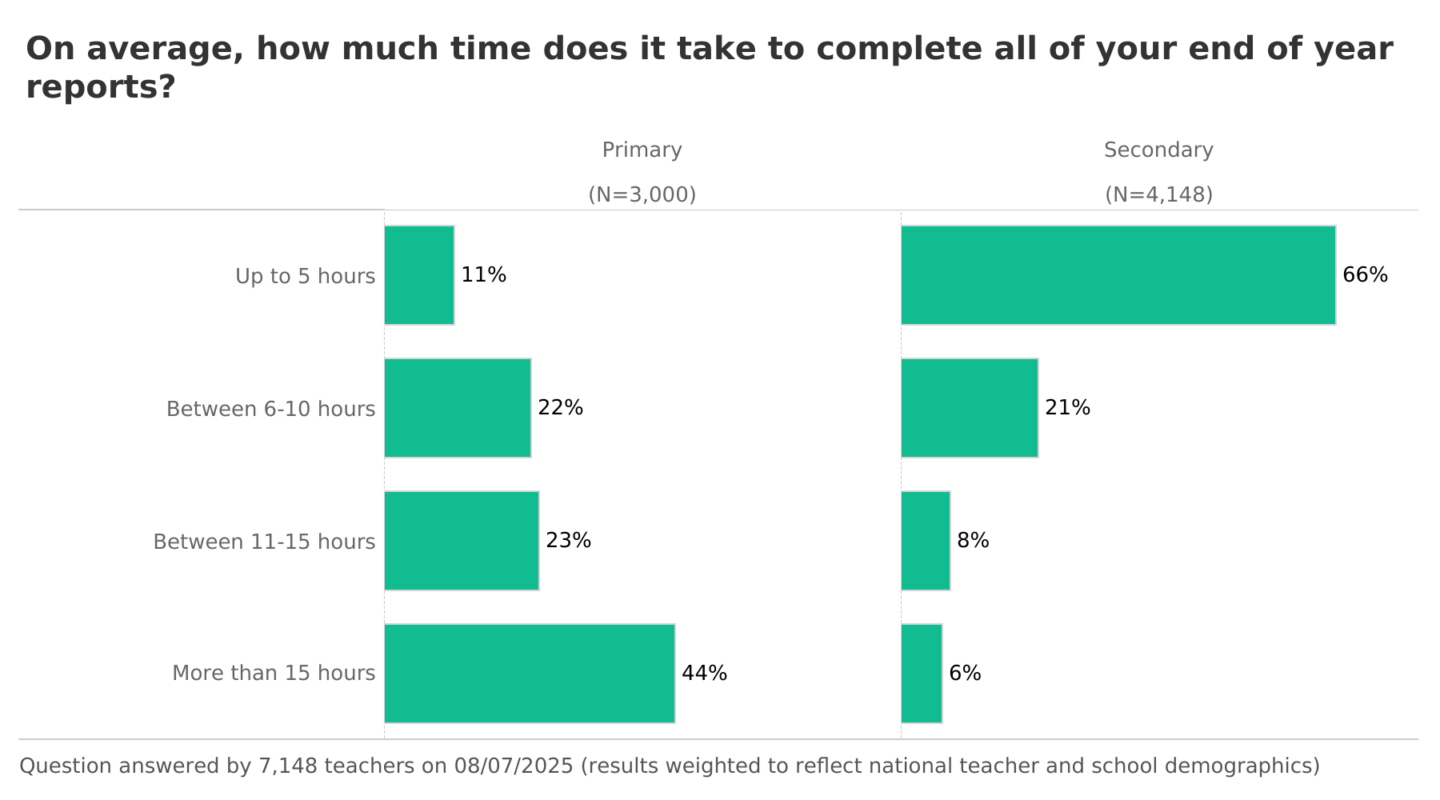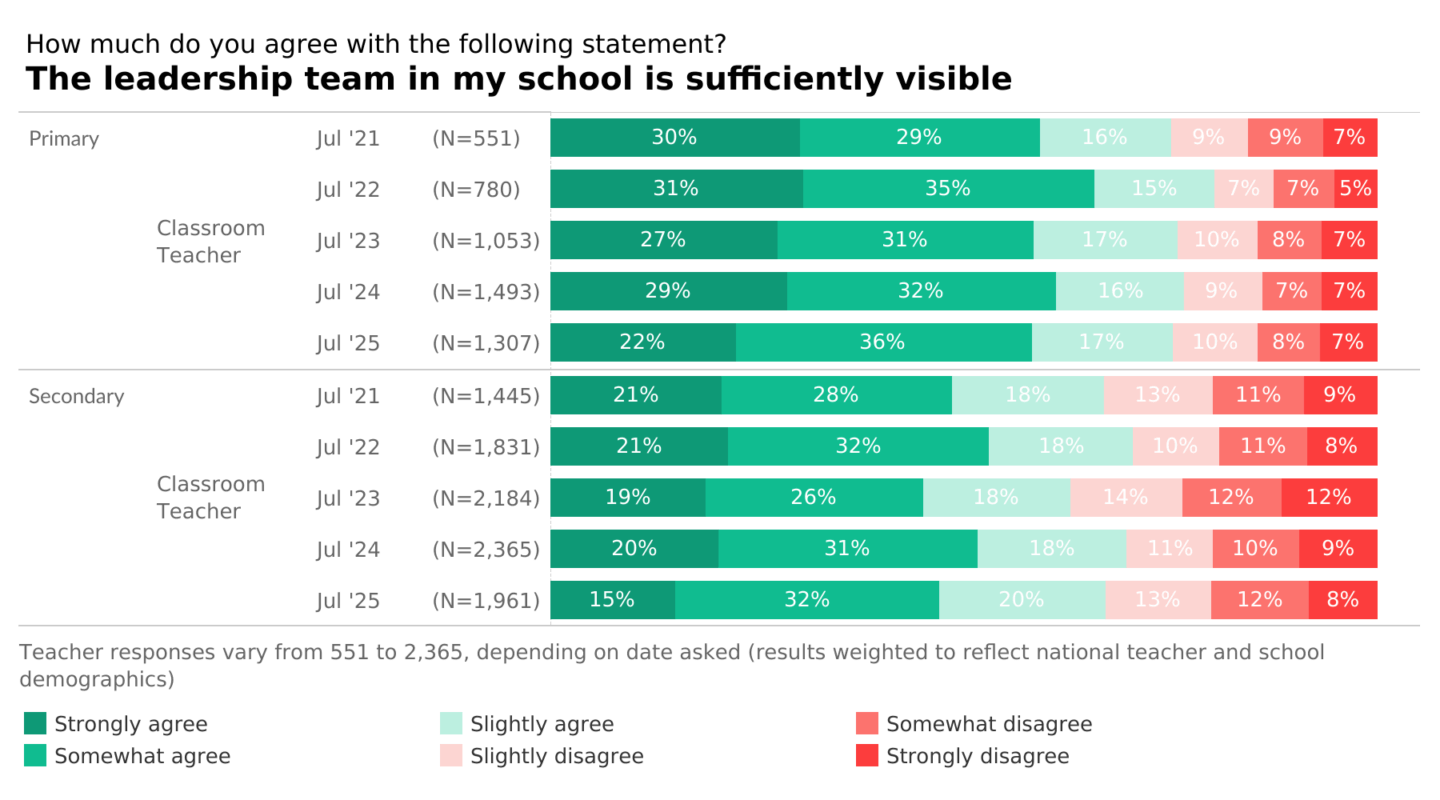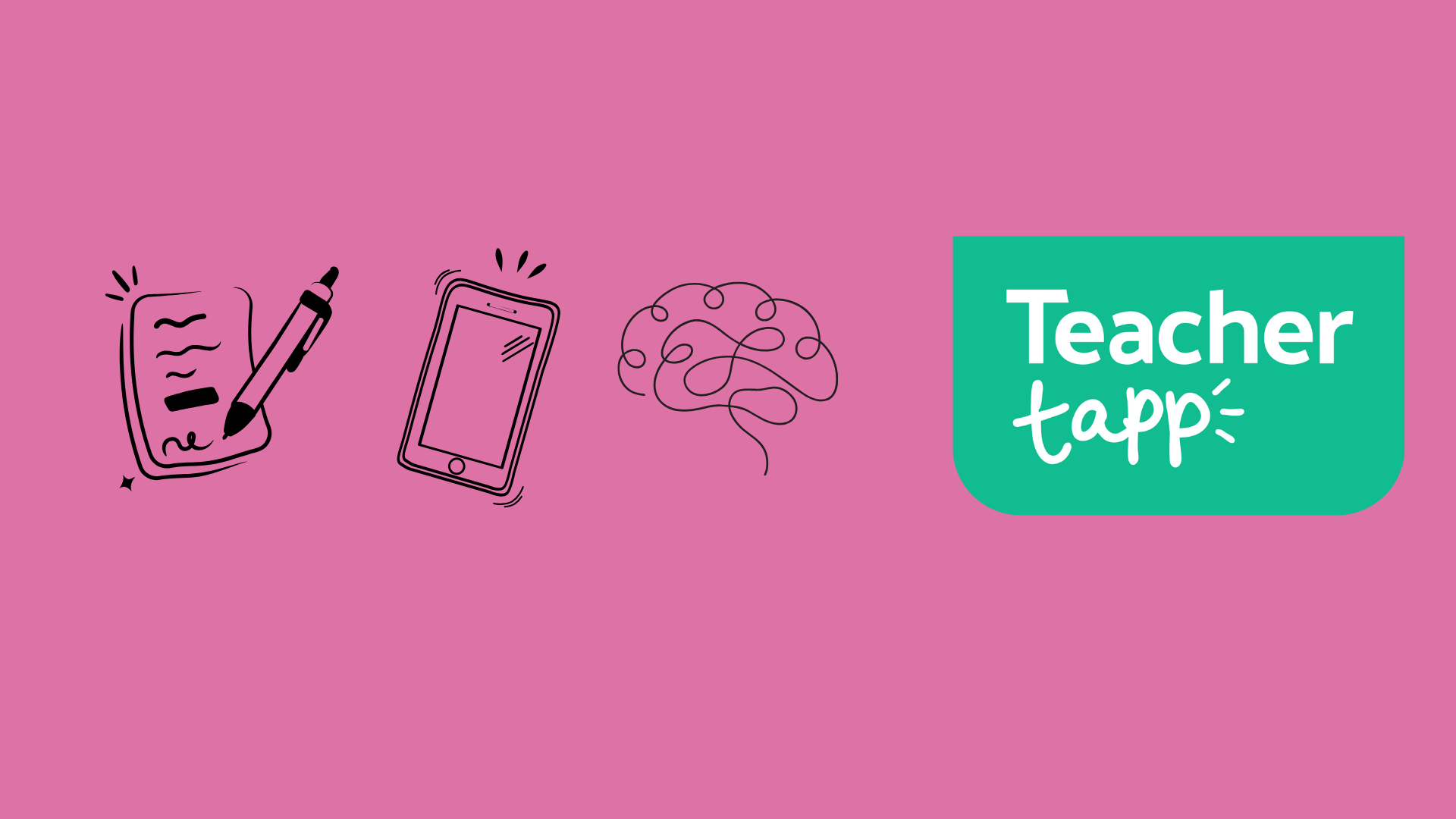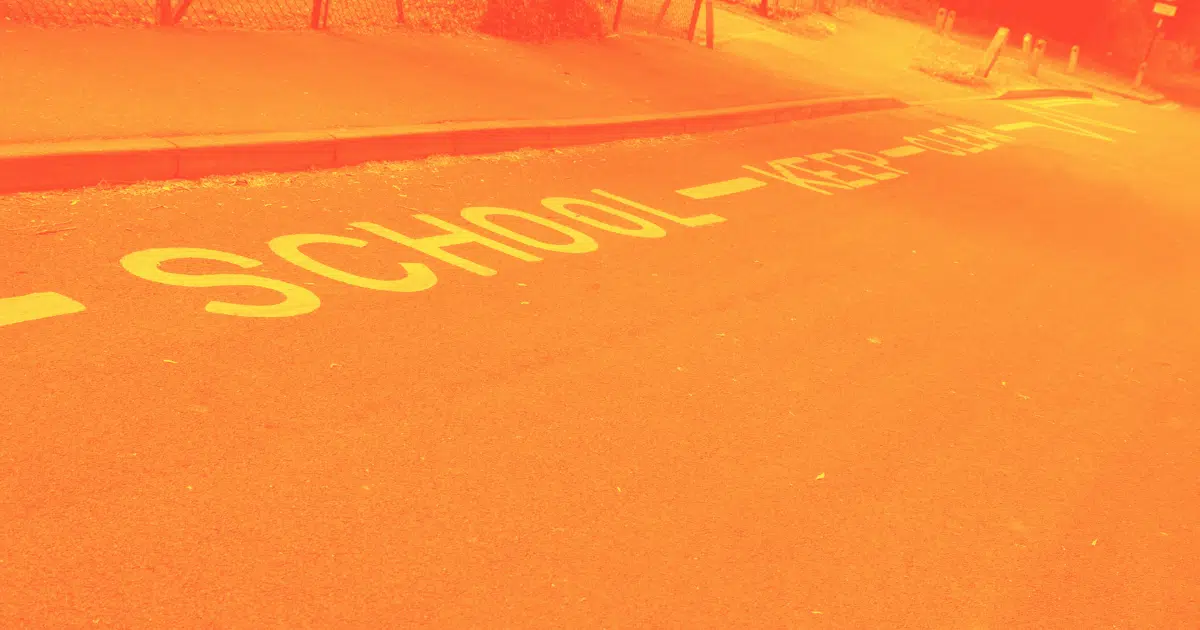Hello, Tappsters!
To everyone already on their summer holidays — lucky you! 🎉
14% of teachers have already broken up for the holidays
46% finish this week
39% are still teaching next week, and 1% are still going on the 26th July!
And of those primary teachers finishing off for the holidays – 11% have shown a ‘fun’ video, and 12% haven’t done a video lesson yet, but plan to.
Wherever you are: you’re nearly there! 💪🌞
🥳 Teacher Tappers ❤️ referrals! Last week Teacher Tappers raised £715 for Education Support by referring friends to the app.
Referring is easy! Inside the app, you’ll find your own referral code to share. When a friend signs up with your code and answers for two days, £5 gets donated to Education Support to help teacher wellbeing. You can trigger up to £25 in donations, and the total pot is £5,000 — so let’s hit it fast! The campaign runs until July 31st, 2025 (or until the donations run out). Ready to spread the word? Let’s go! 💪📱
1. Parents evening
Writing reports can take up hours of teachers’ time. But are some teachers spending more time on writing them than others?
Spending upwards of 15 hours was the most common response of primary teachers (44%), whereas secondary teachers were most likely to say they spent up to 5 hours (66%).

How useful at the reports?
But are those reports you’re writing telling the whole story?
Perhaps not – only 8% of primary teachers felt that they could be more honest in their reports than at parents’ evening – and just 5% of secondary teachers felt the same!
And as a parent, if you recieved the report in the style your own school sent out – would you find it useful? Sadly, the answer tends to be not really.
Just 6% of secondary teachers and 14% of primary teachers describe the report as being “very useful” to parents.
Reports or parents evening?
One thing is clear: most teachers would rather do MORE parents evenings if it meant writing FEWER reports.
When given a forced choice between four options – at one end THREE reports and NO parents evenings, and at the other, NO reports and THREE parents evenings,
📝📝📝🔇 2% primary, 8% secondary
📝📝🔉 6% primary, 39% secondary
📝🔉 61% primary, 29% secondary
🚫🔉🔉🔉31% primary, 23% secondary
2. Mobile phones
With the new online safety bill once again being debated in parliament, focus has returned to mobile phones.
Teacher Tapp data was used by politicians as part of the discussion for the children’s wellbeing and schools bill – so hopefully they’ll also pay attention to our important findings on mobile phones too.
This week we asked if teachers at your school are consistent when applying the school rules for mobile phones?
In primary schools, where mobile phones seem to cause far fewer issues, 93% of teachers say the rules are applied consistently by all staff. In secondary schools, that figure drops to 67% — but there’s good news: this is up by 4 percentage points from last year, and a significant rise from 55% in 2023.
What kinds of rules are teachers enforcing around phones? In secondary schools, 78% of teachers say confiscated phones are kept until the end of the day, while 11% return them at the end of the lesson.
And things may be getting stricter: last year, 15% handed phones back after the lesson, and 75% held them until the end of the day. It’s a small shift — but one to watch to see if the trend continues! 📵📈
If you want to read more of our mobile phone findings, you can download our mobile phone insights here!
3. 👀 Senior leadership visibility
Senior leadership visibility is often cited as the most important way to combat undesirable behaviour around the school. So what do teachers say about senior leader visibility in their schools?
When we ask classroom teachers, most agree that their leadership is visible, but far fewer strongly agree compared to senior leaders. Just 22% of primary and 15% of secondary classroom teachers strongly agree that leadership is sufficiently visible in their school. Among senior leaders, however, that figure jumps to 56% in primary and 48% in secondary — a striking contrast in perception.

Every July, we ask this same question: Is leadership visible in your school?
And yes — we know you’ve seen it before! Some of you tell us that repeat questions can feel a bit… predictable.
But here’s why they really matter 👇
Tracking a question like this over time helps us spot real changes in school culture. It’s easy to hear things like “leaders are more visible now” or “we never see SLT anymore” — but Teacher Tapp gives us the data to show whether that’s actually true.
Over the years, we’ve been able to chart shifts in leadership visibility, and whether those on the senior team see things differently from classroom staff. We’ve seen jumps in some years, dips in others — and we can only spot these patterns because thousands of you keep tapping each time the question comes around.
The strength of feeling among classroom teachers is at its lowest. Among secondary teachers, just 15% strongly agree that leaders are sufficiently visible, down from 21% in 2021. The same is true among primary teachers, where 22% said the same, down from 30%.

🔍 A closer look reveals that the drop was most pronounced in schools with higher levels of deprivation:
- 📉 High deprivation schools saw a 10 percentage point drop
- 🧮 Low deprivation schools saw:
- 3-point drop in primary
- 7-point drop in secondary
This highlights a widening gap in experience depending on school context.
So even if it’s familiar, thank you for sticking with it — these are the questions that give us long-term power to challenge assumptions, show change, and make the profession heard. 🙌📊
+ Bonus finding
Last week, the KS2 SATs results arrived — and nationally, scores were up by 1% compared to last year. 📈
But what was it like for school leaders on the ground?
It turns out many were deep in admin:
- 42% were submitting marking reviews — and a third of those were reviewing results for more than one pupil.
- Meanwhile, 31% said they were still undecided about whether to request a review.
The headline might be up, but for many leaders, the paperwork is still piling up. 📝
Daily Reads
Last week lots of the blogs were being clicked! The KS2 Sats results analysis in the Learning By Questions blog was hands-down our biggest read: Sophie B’s analysis was read by a stonking 17% of primary teachers and 12% of secondary teachers!
Have you seen a great blog you think would make a great daily read? Let us know by emailing england@teachertapp.co.uk and we will check it out!





